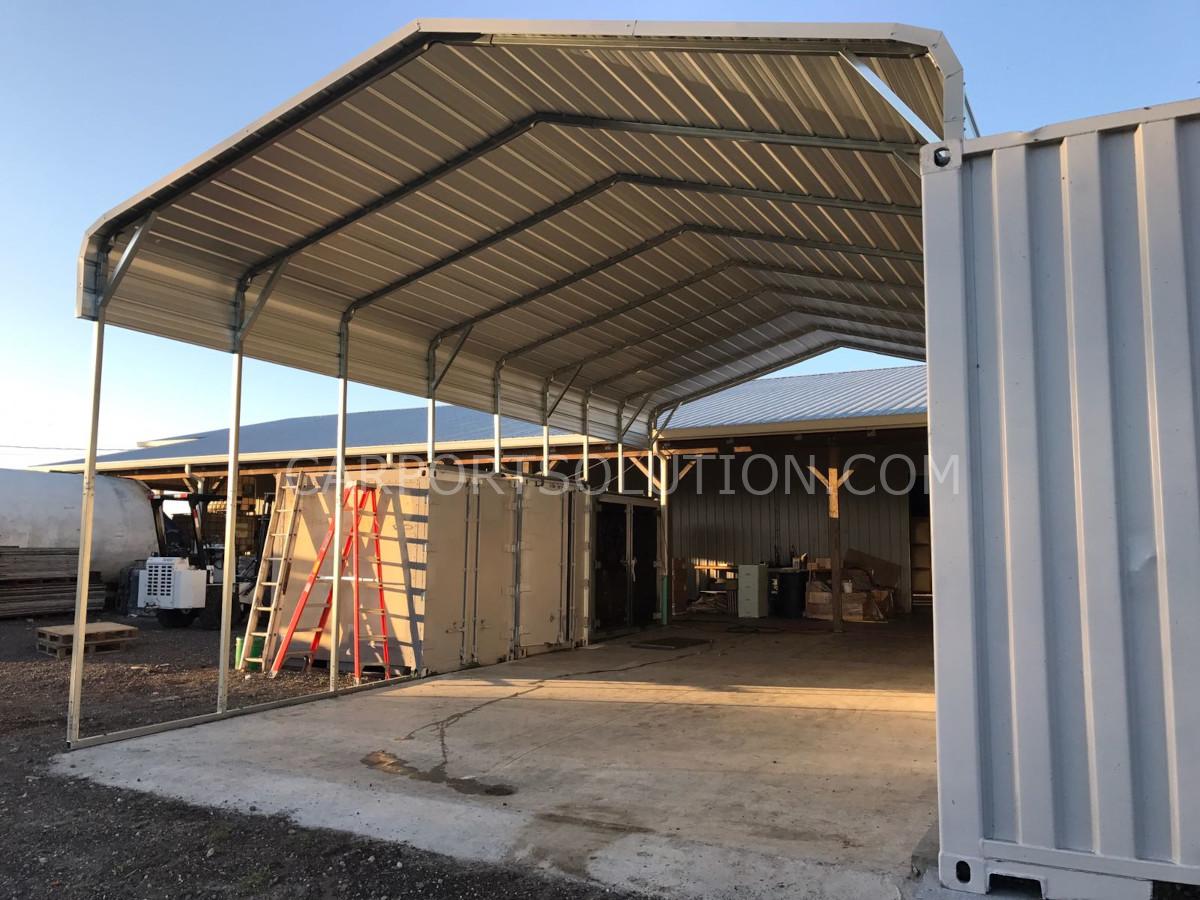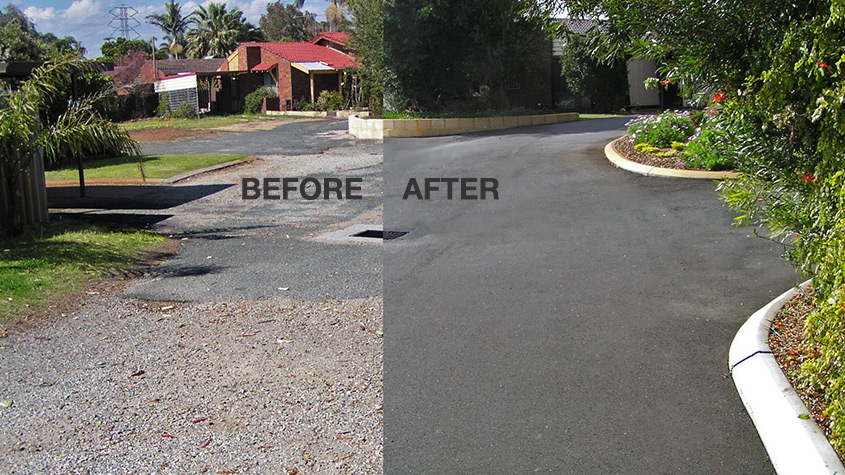
Investing in a custom-made RV carport is a great way to protect your recreational vehicle from the elements and extend its lifespan. However, designing the perfect RV carport requires careful planning and consideration of several factors. In this article, we will provide you with expert tips to help you design a functional and durable RV carport that meets all your needs.
1. Determine the Size and Dimensions
One of the first steps in designing your custom-made RV carport is determining the size and dimensions that will accommodate your RV comfortably. Consider the following factors:
Consider the size of your RV:
- Measure the length, width, and height of your RV to ensure that the carport is spacious enough to accommodate it.
- Allow extra space around the RV for easy access and maintenance.
Check local building codes:
- Ensure that your RV carport complies with local regulations and building codes regarding setbacks and maximum structure height.
- Obtain any necessary permits before starting construction.
2. Choose the Right Materials
Selecting high-quality materials is essential for building a durable and long-lasting RV carport. Consider the following options:
Metal carport:
- Steel or aluminum carports are popular choices due to their durability and low maintenance requirements.
- Choose a rust-resistant material to ensure the longevity of your carport.
Wood carport:
- Wood carports provide a more traditional look and can be customized to match your existing structures.
- Opt for pressure-treated wood to prevent rot and decay.
3. Consider Additional Features
Enhance the functionality and convenience of your RV carport by adding the following features:
Solar panels:
- Install solar panels on the roof of your carport to generate electricity and reduce your energy costs.
- Use the solar power to charge your RV's batteries or power other devices.
Gutters and downspouts:
- Prevent water damage to your RV and the carport structure by installing gutters and downspouts to direct rainwater away from the area.
- Collect rainwater for landscaping or other purposes by adding a rain barrel to the system.
4. Plan for Ventilation and Air Circulation
Proper ventilation is essential to prevent moisture buildup and mold growth inside your RV. Consider the following tips:
Ventilation openings:
- Include vents or openings in your carport design to allow for air circulation and prevent condensation.
- Position vents strategically to ensure proper airflow around the RV.
Roof overhang:
- Add a roof overhang to provide shade and protection from the sun while allowing for air circulation.
- Choose a design that allows hot air to escape through vents at the top of the carport.
5. Hire a Professional Contractor
While some DIY enthusiasts may choose to build their RV carport themselves, hiring a professional contractor can ensure a high-quality and structurally sound result. Consider the following benefits:
Experience and expertise:
- A professional contractor will have the skills and experience to design and build a custom RV carport that meets your specifications.
- Ensure that the contractor has a proven track record of successful carport installations.
Permits and regulations:
- A contractor will handle obtaining any necessary permits and ensure that your RV carport complies with local building codes.
- Save time and avoid potential legal issues by entrusting the construction to a professional.





